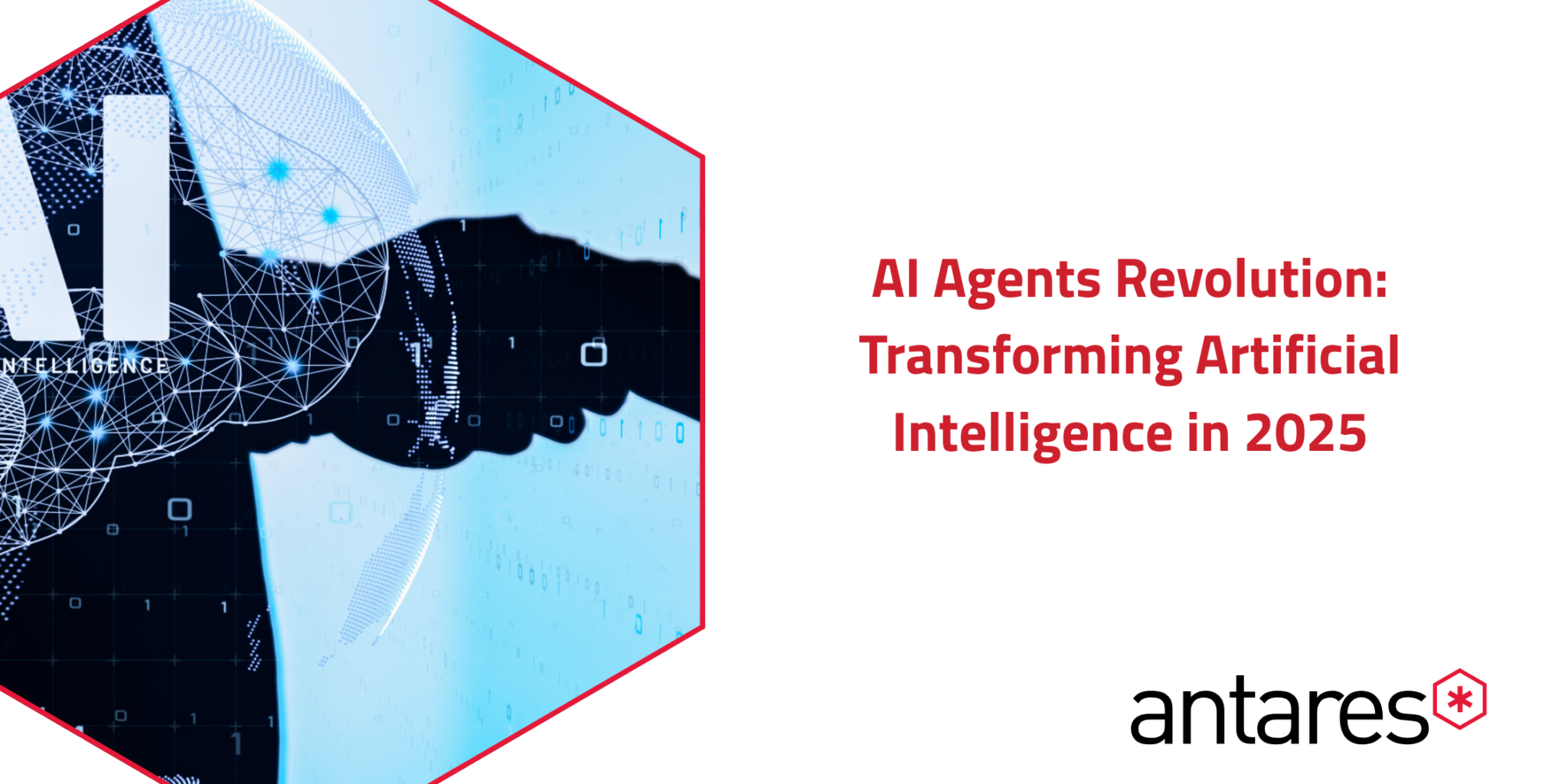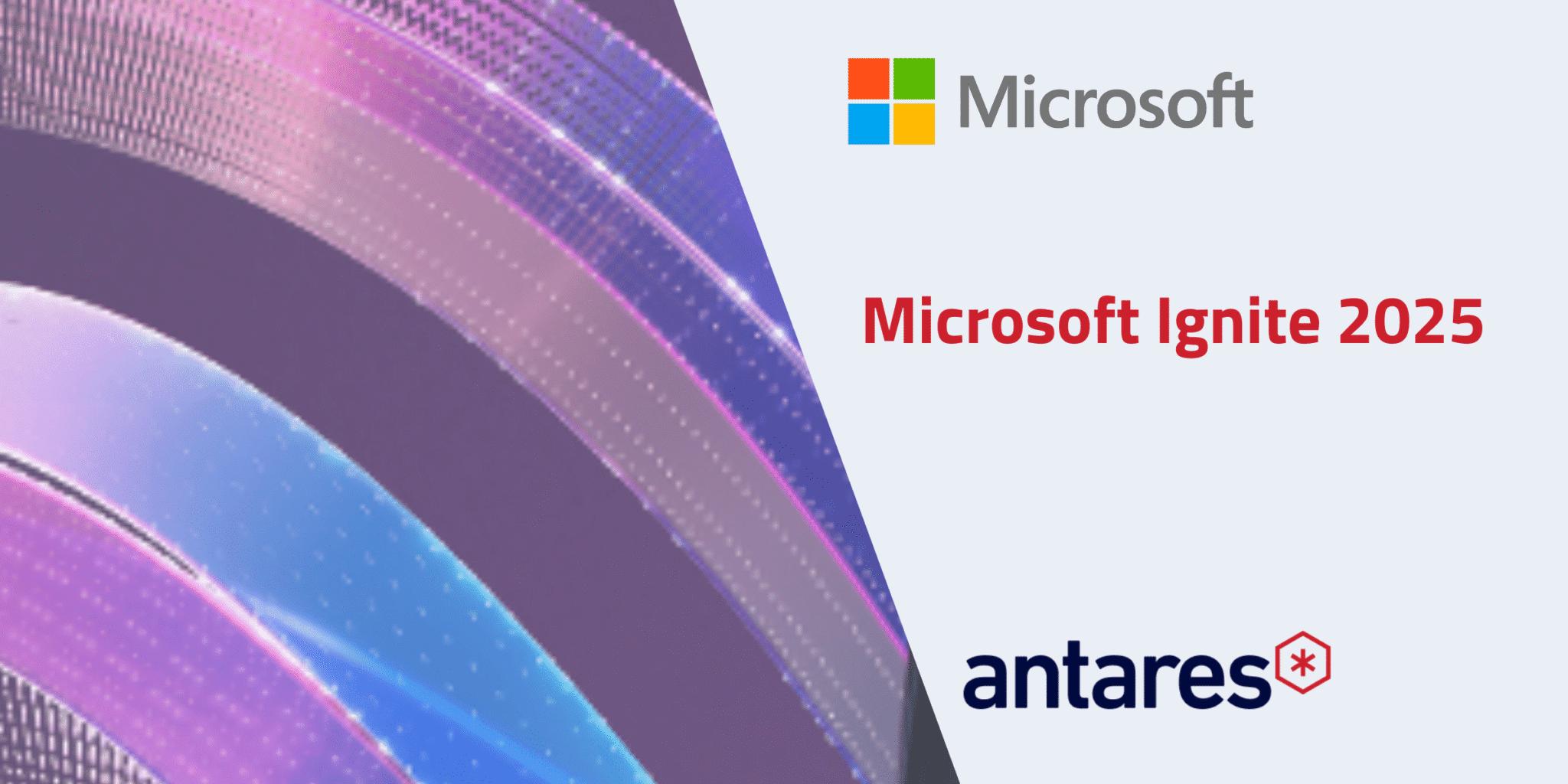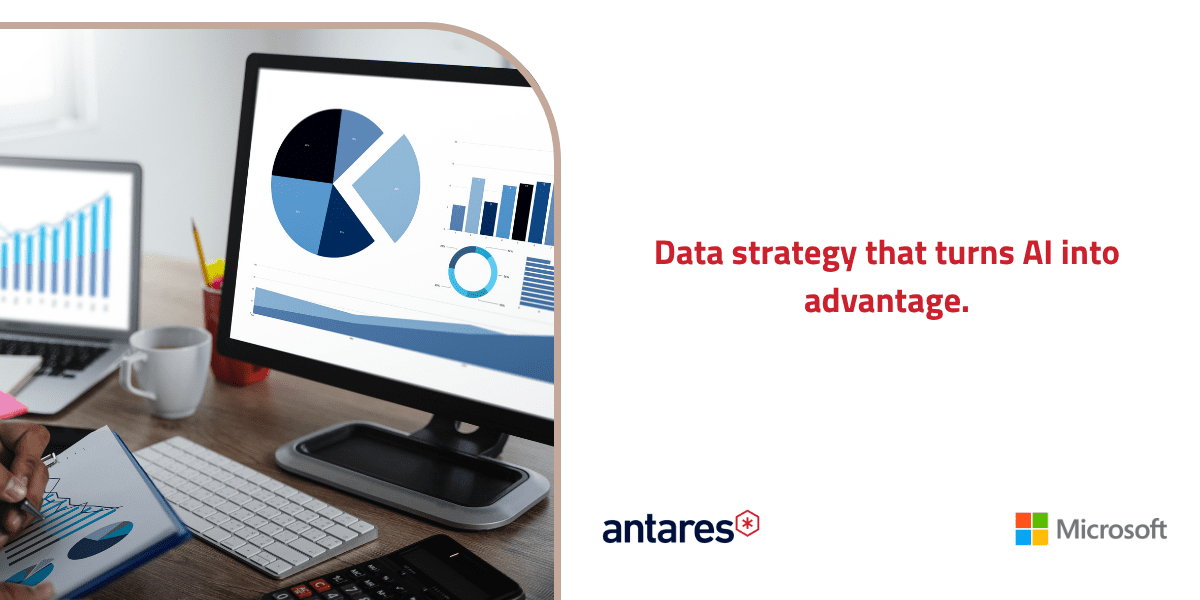Earlier this year, during our webinar exploring Microsoft’s ecosystem for 2025, one technology stood out as particularly transformative: AI agents. As Sulabh Jain, our Chief Technology Officer, explained, we’re witnessing a fundamental shift in how AI operates within organisations—moving from passive models that generate content to active agents that take meaningful action in the world.
This evolution represents one of the most significant advancements in artificial intelligence since the emergence of large language models. Let’s explore what this means for organisations and how you can prepare to leverage AI agents in 2025.
Beyond Models: Understanding AI Agents
Before diving into implementation strategies, it’s crucial to understand what distinguishes AI agents from traditional AI models.
“AI models, especially large language models, generate content. That’s why we call them generative AI,” Sulabh explains. “They take inputs, predict the best possible response, and generate an output.”
While models like GPT-4 can produce impressive text, code, or creative content based on prompts, they remain fundamentally reactive—waiting for instructions and delivering static outputs based on patterns in their training data.
Agents, however, represent a significant evolution. “An agent, on the other hand, doesn’t just generate,” Sulabh points out. “An AI agent has a set of tools that allow it to take action.”
This distinction is crucial. The brain behind modern AI agents is still a large language model, but instead of simply responding with text, agents can:
● Call APIs and external services
● Run and debug code
● Interact with software
● Execute workflows
● Iterate on their own outputs
● Learn from results and adapt
Consider a simple example: with a traditional model, you might ask for Python code to solve a problem. The model generates the code, but you’re responsible for copying, pasting, running, and debugging it. An agent, however, can write the code, execute it in a container, observe the results, debug as necessary, and iterate until it produces a working solution.
“An agent doesn’t just follow a single command,” Sulabh notes. “It decides which tools to use, when to use them, and how to respond based on real-time feedback.”
The Spectrum of Agent Complexity
AI agents aren’t one-size-fits-all solutions. They exist on a spectrum of complexity, with capabilities that can be matched to specific organisational needs.
At the simplest level, agents can retrieve information from various data sources, answer questions, and reason through problems. These information-focused agents enhance knowledge work but don’t typically modify systems or execute complex workflows.
Medium-complexity agents can perform specific tasks or actions, such as automating repetitive processes, scheduling meetings, or managing simple decision trees. They’re valuable for streamlining operations and reducing administrative burden.
At the high end of the spectrum are autonomous agents that can operate independently and even collaborate with other agents. These sophisticated systems can manage entire business processes, make complex decisions based on multiple data streams, and continuously adapt to changing conditions.
The power of agent systems grows exponentially when they work together. “A single agent can be very powerful, but what happens when you have multiple agents working together?” Sulabh asks. This multi-agent approach allows for specialisation, redundancy, and emergent capabilities that exceed what any single agent could accomplish alone.
Microsoft’s Azure AI Agent Service For organisations looking to implement AI agents, Microsoft’s Azure AI Agent service represents a significant advancement. Sulabh describes it as “a powerful new service designed to help you deploy, scale, and manage AI agents with enterprise-ready capabilities.”
The service enhances what’s possible with AI agents by building on the assistants’ API and adding enterprise essentials like enhanced security, robust connectivity, and the ability to use non-OpenAI models. Most importantly, it dramatically accelerates development time.
“It makes it much faster to develop these AI-powered agents, reducing development time from months to weeks and sometimes just days,” Sulabh explains.
The Azure AI Agent service provides several key features that make it particularly valuable for enterprise deployment:
● Security and governance: Built-in controls ensure agents only access data users have permission to share
● Tracing and monitoring: Full visibility into agent performance and actions
● Enterprise connectivity: Integration with various data sources and systems
● Model flexibility: Access to more than 1,800 AI models available through Azure AI
This breadth of models is particularly important, ranging from cutting-edge models like GPT-4 to more specialised models for specific tasks or industries.
Strategic Implementation of AI Agents
As with any transformative technology, deploying AI agents requires thoughtful strategy rather than ad hoc experimentation. Sulabh emphasises the importance of a clear AI strategy and governance framework before diving into implementation.
“The first and foremost thing from my perspective is that we need to have a very clear AI strategy and governance framework,” he advises. “That sets the path around how we want to use the technology.”
Organisations should consider several questions when developing their agent strategy:
● What business outcomes are we trying to achieve?
● Are we focusing on internal productivity, business process automation, or customer-facing applications?
● What data sources will our agents need to access?
● What actions will we allow agents to take independently versus those requiring human approval?
● How will we monitor and evaluate agent performance?
Sulabh warns against uncoordinated deployment: “We need to make sure those controls are in place, security is going to be very, very important, because especially with agents coming up, you can do things with agents like they have their consequences.”
Getting Started with AI Agents
For organisations just beginning their AI agent journey, there are several pathways into this technology:
1. Leverage out-of-the-box agents: Microsoft 365 Copilot already includes several agents for specific functions like SharePoint, group facilitation, and project management. These provide immediate value with minimal setup.
2. Explore low-code/no-code options: Platforms like Copilot Studio offer accessible ways to build simple agents without extensive development resources.
3. Develop custom agents: For more complex use cases, the Azure AI Agent service provides a framework for building sophisticated, enterprise-grade agents.
Regardless of which path you choose, start with clear use cases that align with business priorities. “You’re not going to solve every single thing, you’re not going to solve every single problem,” Sulabh notes. “You will need to basically balance this on what ROI are we going to get if we invest in this.”
The Future of Work with AI Agents
Looking ahead to the rest of 2025, we can expect AI agents to transform how organisations operate in several key ways:
● Automation of complex workflows: Beyond simple tasks, agents will manage multi-step processes that previously required significant human oversight.
● Personalised assistance: Agents will adapt to individual working styles and preferences, providing contextually relevant support.
● Knowledge management: Agents will help surface relevant information, connect related concepts, and maintain organisational knowledge.
● Enhanced collaboration: Tools like real-time speech-to-speech interpretation in Teams meetings will break down language barriers and facilitate global teamwork.
● Proactive support: Rather than waiting for requests, agents will anticipate needs based on patterns, schedules, and contextual awareness.
Conclusion: Preparing for the Agent Revolution
The shift from AI models to AI agents represents one of the most significant evolutionary steps in artificial intelligence. As Sulabh emphasises, “This is going to be the year of agents,” and organisations that prepare strategically will gain significant advantages.
To position your organisation for success:
1. Develop a comprehensive AI strategy that includes clear guidelines for agent deployment
2. Identify high-value use cases where agents can deliver meaningful ROI
3. Prioritise data readiness to ensure agents have access to accurate, well-governed information
4. Establish governance mechanisms for monitoring and managing agent activities
5. Start small but think big, beginning with focused applications while building toward broader integration
Remember that agent technology will continue to evolve rapidly. “With all of these AI solutions, because the technologies are developing so fast, you never stop, you’re constantly iterating. You’re constantly making these things better,” Sulabh notes.
By establishing a strong foundation now, your organisation will be well-positioned to leverage the full potential of AI agents as they continue to mature throughout 2025 and beyond.



